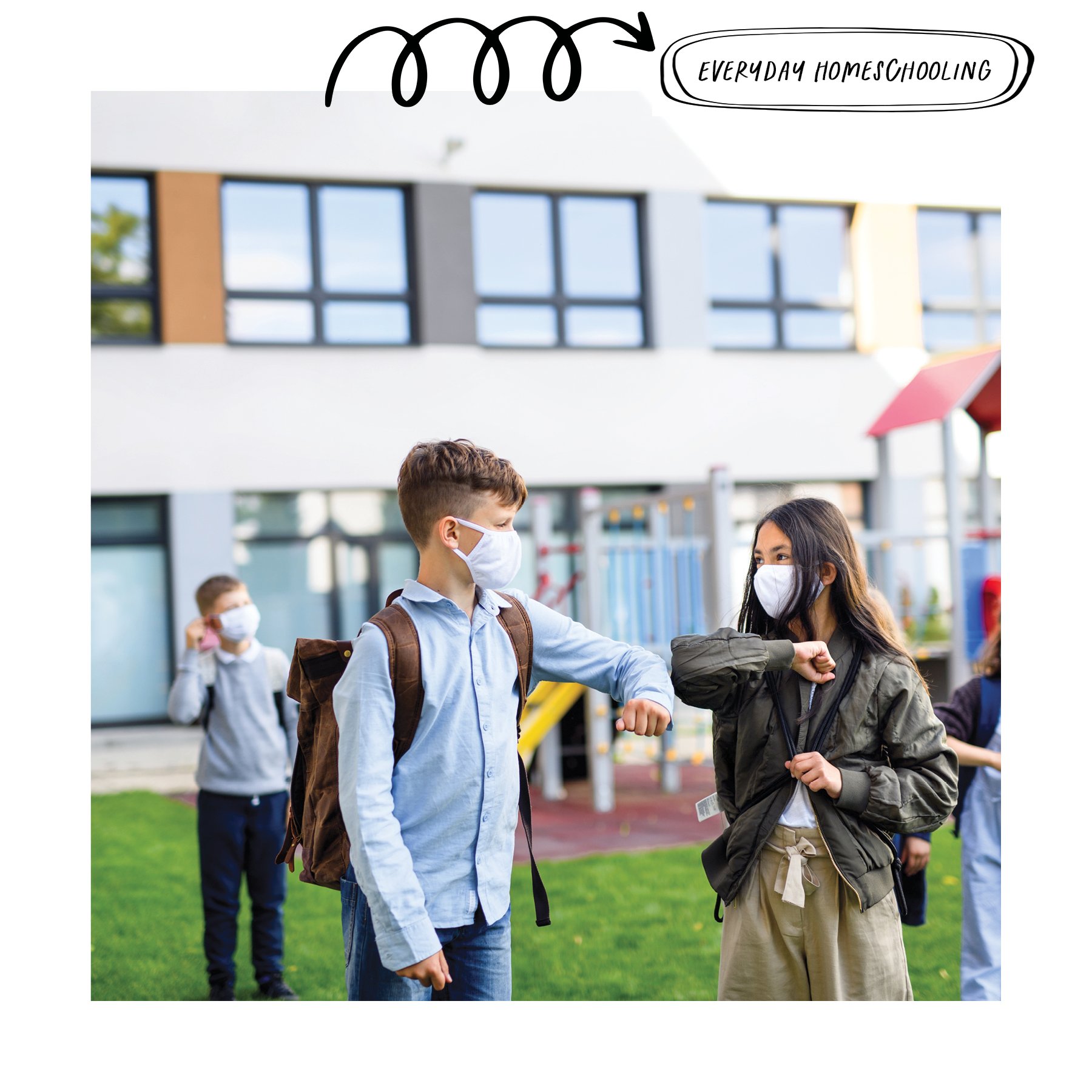Great Books for Your Secular High School Detective Fiction Unit Study
From Sherlock to chemistry prodigies and everything in between, classic detective fiction is sometimes just the comfort read you need. These are some of our favorites.
It all started with Nancy Drew, of course. Nancy Drew and the Hardy Boys, the Bobbsey Twins, Encyclopedia Brown, the westing game, Trixie Belden, and Alfred Hitchcock’s Three Investigators. So it was natural that sometime around junior high, having exhausted my local library’s children’s section, I gravitated toward the mystery section over on the adult side and discovered Agatha Christie. (It wasn’t a very big section, as I recall, and after a year or two I’d finished off everything that looked promising and moved over to the neighboring science fiction/fantasy shelf. Once I discovered sf I took a several-decades-long break from the mystery genre — with the exception of Isaac Asimov’s mashup robot mystery series that begins with The Caves of Steel — but that’s a different column.)
When people ask me about young readers moving to “grown-up” books, I think of Agatha Christie first. Not only is she Queen of Mystery Writers, she was wildly prolific, and there’s nothing I loved more at that age than finding an author and realizing I had dozens and dozens of books to look forward to. That’s still true today, of course, and it’s one reason I’ve recently found my way back to the mystery section. When everyday life makes me a bit crazy, and I don’t have emotional energy to tackle the big thick novels on my to-read list, it’s comforting to pick up a favorite mystery writer — or find a new favorite — and know I’ve got shelves and shelves of books waiting, where I get to hang out with the sleuths I’ve come to love.
So what do you do after you’ve read your way through Poirot, Miss Marple, and Tommy and Tuppence? First, you reward yourself by watching the Agatha Christie episode of Doctor Who (“The Unicorn and the Wasp”), and then you go back to the beginning with Sherlock. We started the Sherlock Holmes stories as readalouds with my two oldest children (then upper elementary and middle school) shortly after the entire family became obsessed with the BBC series starring Benedict Cumberbatch. It was great timing: having met the characters on television, my kids had a lot more patience with the Victorian literary stylings (and sometimes ridiculous plots), plus we were able to pick up all the references to the original works sprinkled throughout the show. And, of course, one of the great things about Sherlock is that he’s been adapted and adopted so many times that you can keep reading him forever. My first experience with professional fanfic (long before the term “fanfic” was invented) was Nicholas Meyer’s The Seven-Percent Solution (Holmes meets Sigmund Freud) and The West End Horror (Holmes meets everyone else, including G.B. Shaw, Bram Stoker, and Oliver Wilde). I’ve read several of the Mary Russell/Sherlock Holmes mysteries by Laurie King (beginning with The Beekeeper’s Apprentice) and enjoyed Michael Chabon’s Sherlock novella, The Final Solution. My very favorite borrowing of the great detective may be Lyndsay Faye’s Dust and Shadow: An Account of the Ripper Killings by Dr. John H. Watson, though she has tough competition from Eve Titus’s children’s series Basil of Baker Street (hurray! the inspiration for Disney’s The Great Mouse Detective is finally back in print!). But the books keep coming: I’ve got The House of Silk, a Sherlock story by Anthony Horowitz (author of the wonderful Magpie Murders, a murder mystery about the publication of an Agatha Christie-type murder mystery) in my bedside to-read stack right now.
As a younger reader I somehow managed to miss out on Dorothy Sayers’s mysteries, but once I finally discovered Lord Peter Wimsey, gentleman detective, I couldn’t get enough of him and his complicated romance with Harriet Vane. Sayers’s books are not necessarily easy or simple, but she’s been on my ‘comfort read’ shelf (next to Agatha Christie and Georgette Heyer) for years.
Many readers encounter Josephine Tey’s detective, Inspector Alan Grant, in The Daughter of Time, a historical murder mystery (where Grant, laid up in the hospital, tries to solve the murder of the Princes in the Tower) that keeps showing up in ‘best mysteries of all time’ lists. Recently I read all of the Alan Grant books (which make good use of Tey’s real-life experience in the theater world) and found out what I had been missing. Tey writes good, solid mysteries that are a little bit quirky and often take a different and unexpected path from other Golden Age detective stories. But the strangest detective series I’ve read (and am still in the process of reading) has to be Peter Dickinson’s Inspector James Pibble books. So far, Pibble has encountered a lost tribe from New Guinea, man-eating lions, psychic children, and two different island monasteries inhabited by crazed monks. I have no idea what to expect in the sixth and final book in the series.
Pibble, whose books were published in the 60s and 70s, comes a bit after the British Golden Age of crime fiction, but as an English inspector he fits right in with that tradition. I could read and reread those authors forever, but I’m grateful that there are slightly more diverse options available. One of my favorite ongoing series (and a great one to hand middle and high school readers, though it’s marketed for grown-ups) is by Alan Bradley and stars Flavia de Luce, an 11-year-old science prodigy living in a broken-down country estate with her slightly bizarre family in 1950s England. We’re introduced to Flavia when she solves her first murder in The Sweetness at the Bottom of the Pie. (These books are worth reading just for the titles.) Another book I’ve handed to middle school and YA readers is Alexander McCall Smith’s The No. 1 Ladies’ Detective Agency, the first in the long-running (and still going strong!) series set in Botswana and starring the independent and strong-minded Precious Ramotswe.
I’m running out of space and I haven’t even gotten to Dalziel and Pascoe (a hard-boiled crime series — beginning in 1970 with Reginald Hill’s A Clubbable Woman — that expands over the years to include both a Jane Austen homage and a trip to space), Amelia Peabody (amateur Victorian Egyptologist crime-solving!), or Phryne Fisher (a 1920s Australian sleuth who is very much NOT for young readers—but grown-ups need books too). I’ve also neglected to mention some of my favorite stand-alone mysteries, including Mark Haddon’s The Curious Incident of the Dog in the Night-Time (where the murder victim is a dog and our narrator-sleuth is a teenage autistic boy), John Dickson Carr’s The Murder of Sir Edmund Godfrey (a nonfiction account of the murder of a judge during the reign of Charles II that reads like a modern mystery), and Hazel Holt’s My Dear Charlotte (an epistolary mystery inspired by Jane Austen’s letters).













A Note About Affiliate Links on HSL: HSL earns most of our income through subscriptions. (Thanks, subscribers!) We are also Amazon affiliates, which means that if you click through a link on a book or movie recommendation and end up purchasing something, we may get a small percentage of the sale. (This doesn’t affect the price you pay.) We use this money to pay for photos and web hosting. We use these links only if they match up to something we’re recommending anyway — they don’t influence our coverage. You can learn more about how we use affiliate links here.